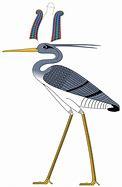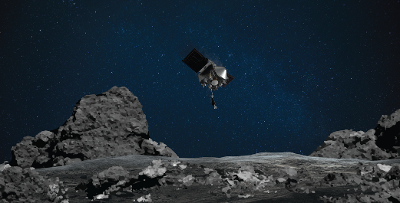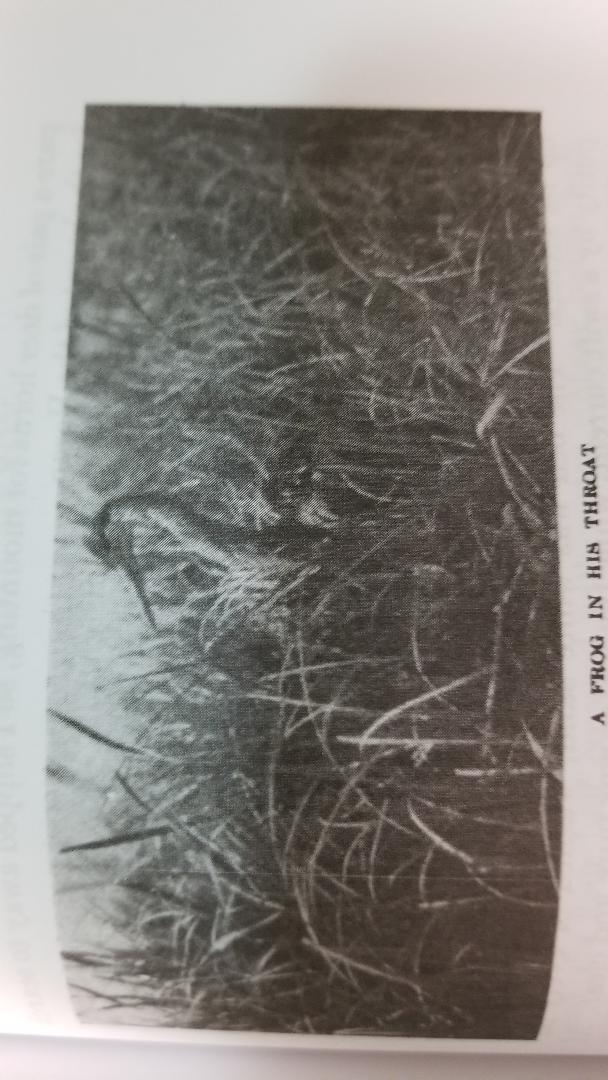By Adrienne Provenzano, Friend of the Limberlost and NASA Solar System Ambassador
The Limberlost is much beloved by birdwatchers for the variety of species that visit this area. Some stay year-round and others migrate. It takes curiosity, time, effort, and patience to engage in this pastime.
Gene Stratton-Porter loved birds and while living in Indiana sometimes traveled to Michigan for fishing trips with her husband Charles and daughter Jeanette. While on one such trip, she found herself with time alone. With a heart for exploration and adventure, she rowed herself along a river to a lake where she was able to observe and photograph a heron. She was quite pleased with the results, especially catching the heron in the act of grabbing and swallowing a frog! She writes in Friends in Feathers: "There stood the Heron, a big fine fellow, the light striking to brilliancy the white of his throat, wet with dew from the rushes, the deep steel-blue of his back, and bringing out sharply the black on the flattened crest and the narrow line down the front of his throat." The story continues, "out darted the Heron's neck, clip went his shear-like beak, then pointed skyward, crest flat, the frog was tossed around and caught head-first-one snap, two, it was half-way down the gullet of the bird, whose beak was dawn in, crest flared and chin raised, before I recovered from my surprise enough to remember that I held the bulb in my hand and must squeeze it to secure the picture."
In September 2016, I wrote a blog for this website about a space mission to capture a sample of an ancient space rock and return that sample to Earth. The mission, called OSIRIS-REX, launched in September 2016 and successfully arrived at that asteroid, named Bennu, in December 2018. This coming Tuesday, October 20, 1t 6:12 p.m. EDT, the OSIRIS-REX spacecraft will stretch out a long robotic arm and, using a special tool at the end of it, collect a sample of up to 4.5 pounds of dust and rock from its surface. The sample will be put in a special container and returned to the desert of Utah in 2023, transported to the Johnson Space Center in Houston, Texas, and studied to learn more about our solar system!
Bennu is the ancient Egyptian name for a heron-like bird associated with Osiris, believed by ancient Egyptians to bring knowledge of agriculture and rule the underworld. The name was given to the asteroid because the robotic arm, combined with the extended solar panels which give the spacecraft power, make it look like a flying bird!
Keeping with the theme of birds for this mission, the collection site is called Nightingale. There were four sites considered: Nightingale, Osprey, Kingfisher, and Sandpiper. The back-up site is Osprey. All were birds that could be found along the Nile River in ancient Egypt. Gene Stratton-Porter often photographed birds along the Wabash and in the Limberlost marshes, among them Kingfishers and various birds of prey.
Tune in to NASA-TV at www.nasa.gov, beginning at 5 p.m. EDT on Tuesday, and you can follow the capture of the sample! At 200 million miles away, it's much further than Gene's trip to the Michigan wilderness to study heron behavior, but the curiosity, time, effort, and patience involved are similar. Missions like OSIRIS-REX provide opportunities to develop and test technology, challenge scientists and engineers, and inspire students and educators and space enthusiasts around the world. Often, NASA missions lead to spinoff technologies we use in our everyday lives!



 RSS Feed
RSS Feed
